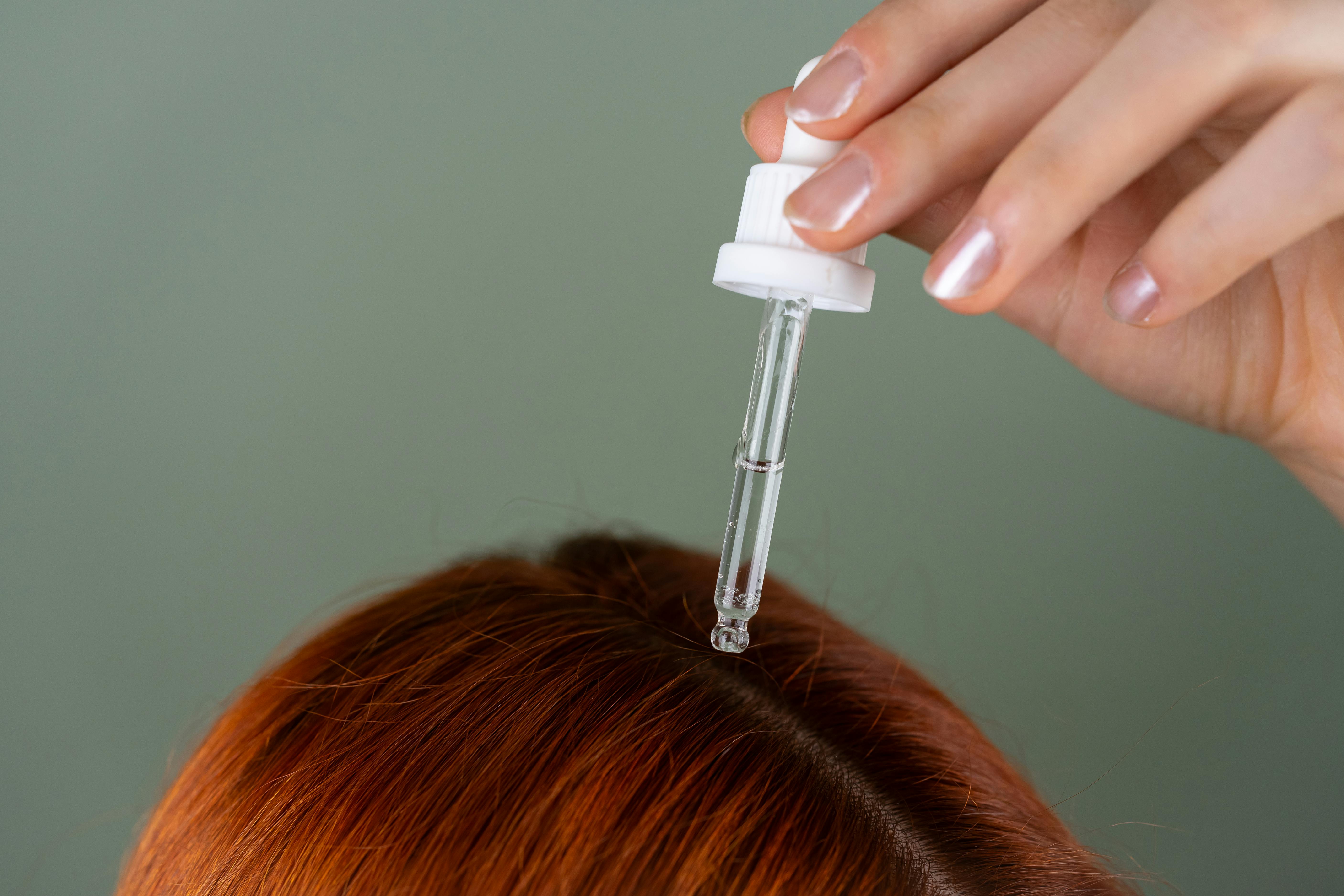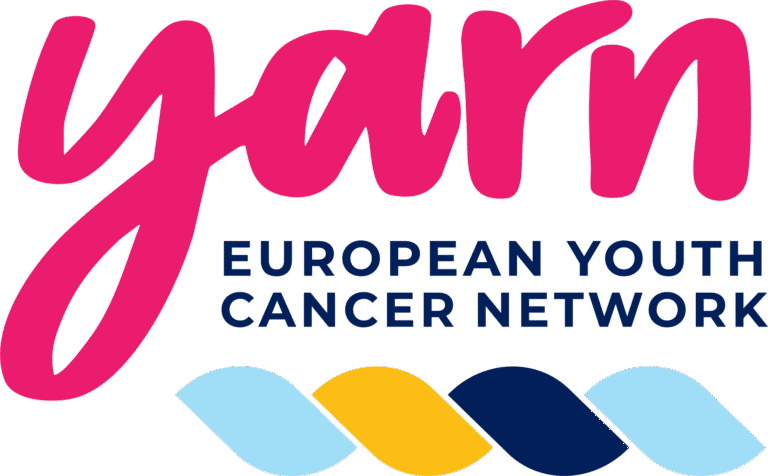
Losing your hair during chemotherapy can feel like losing a part of yourself. It’s one of the most visible reminders of the battle you’re fighting, and while it’s temporary, the process can still be emotionally challenging. But the good news is, hair regrowth after chemotherapy is not only possible—it’s a natural part of your recovery journey.
As your body begins to heal, your hair follicles gradually regain their strength and start producing new growth. While the timeline and texture may vary, understanding what to expect can help you feel more prepared and hopeful. Whether it’s embracing the changes or exploring ways to support healthy regrowth, you’re not alone in this process.
Key Takeaways
-
- Hair regrowth after chemotherapy is a natural part of recovery, with new growth typically starting 2-3 weeks after treatment ends and stabilizing within 6-12 months.
- Changes in hair texture, color, and thickness are common during regrowth but often return to normal over time.
- Gentle scalp care, a nutrient-rich diet, and avoiding harsh chemical or heat-based hair products can support healthy regrowth.
- Emotional resilience plays a key role during this transition; accessories like wigs, scarves, and low-maintenance hairstyles can help boost confidence.
- Joining support groups and seeking professional counseling can provide guidance, encouragement, and practical tips to navigate the physical and emotional aspects of hair regrowth.
Understanding Hair Loss During Chemotherapy
Chemotherapy targets rapidly dividing cells, which include cancer cells and healthy hair follicle cells. This process disrupts the normal hair growth cycle, causing temporary hair loss. The extent of hair loss depends on the chemotherapy drugs used, dosage, and individual factors.
Hair loss often begins two to three weeks after starting chemotherapy. Hair may fall out gradually or in clumps, affecting the scalp, eyebrows, eyelashes, and body hair. Some experience scalp sensitivity or tingling before hair loss starts.
Not all chemotherapy drugs cause complete hair loss. For example, drugs like paclitaxel frequently lead to total scalp hair loss, while others may only thin your hair. Partial hair loss is more likely with lower doses or specific drug regimens.
Protecting your scalp is essential during this period. Gently wash your scalp with mild shampoos, and avoid harsh treatments like coloring or using heat-based styling tools.
The Hair Regrowth Process After Chemotherapy
Hair regrowth after chemotherapy begins as your body heals and hair follicles start functioning again. This process varies for each individual due to several influencing factors.
Timeline Of Hair Regrowth
Hair commonly begins to regrow 2 to 3 weeks after the completion of chemotherapy. You may first notice soft, fine hair (often referred to as “peach fuzz”) on the scalp. Within 1 to 2 months, this growth usually turns into thicker, visible hair strands. By the 3- to 6-month mark, you can expect Around 2.5 to 5 cm (1 to 2 inches) of hair length.. In most cases, a full head of hair returns within 12 months.
Early regrowth may involve changes in hair texture, pigmentation, or thickness. For example, previously straight hair might grow back curly or gray initially. These changes often stabilize within a year post-treatment.
Factors Influencing Regrowth
Several factors influence the regrowth process after chemotherapy. The specific drugs and dosages used play a significant role; some cause complete hair loss, while others result in partial thinning. Individual factors such as age, overall health, and genetics also impact the speed and quality of regrowth.
Your scalp condition during and after treatment can affect regrowth too. Using gentle hair care products, avoiding heat styling, and keeping your scalp moisturized may support smoother regrowth. Nutritional status also contributes, as adequate protein and vitamins like biotin and vitamin D enhance follicle health.
Tips For Encouraging Healthy Hair Regrowth
Supporting hair regrowth after chemotherapy involves a combination of care routines, nutrition, and product choices. Consistent efforts in these areas can promote healthier and stronger regrowth.
Scalp Care Practices
Focus on gentle care for your scalp to create an optimal environment for regrowth. Use a mild, sulfate-free shampoo to cleanse without stripping essential oils. Avoid hot water, opting for lukewarm temperatures instead. Massage your scalp lightly with your fingertips to improve blood circulation and stimulate hair follicles. Protect your scalp from sun exposure by wearing a hat or applying a non-greasy sunscreen suitable for sensitive skin.
Nutrition and Supplements
Incorporate nutrient-rich foods to support hair follicle health. Focus on proteins like eggs, fish, and legumes, as hair is primarily made of keratin, a protein. Include biotin, zinc, iron, and vitamins A, C, and E in your diet for added benefits. If deficiencies exist, consult a healthcare provider for supplementation guidance. Omega-3 fatty acids from sources like fish oil or flaxseed can also enhance scalp and hair health.
Hair Products To Use and Avoid
Choose hair products that promote hydration and strengthen fragile hair. Use conditioners with nourishing ingredients like argan oil, shea butter, or glycerin. Avoid harsh chemicals, such as sulfates, parabens, and alcohol-based styling products, as they can damage new hair. Refrain from using heat styling tools until your hair regains strength. Opt for wide-tooth combs or soft-bristle brushes to prevent pulling and breakage.
Managing Expectations During the Regrowth Phase
Hair regrowth after chemotherapy often differs from what you’re accustomed to, requiring patience as your hair transitions. Being prepared for these changes helps you adapt and care for your hair effectively.
Dealing With Changes in Hair Texture and Color
Hair regrowth might display alterations, such as appearing curly if it was previously straight or growing in gray regardless of prior pigmentation. These changes occur due to the disruption of hair follicle patterns and melanin production during treatment. Most texture and color variations stabilize within 6 to 12 months as your follicles recover.
Use gentle products, like sulfate-free conditioners, to manage dry or frizzy hair. Experiment with products designed for your new texture, such as curl-enhancing creams or volumizing sprays, to improve manageability and appearance. For color changes, consider temporary dyes or color-safe shampoos to minimally impact fragile strands.
Styling Solutions for Short Hair
The regrowth phase often begins with short hair that gradually thickens. Embrace this stage with versatile and low-maintenance styles. Experiment with pixie cuts, textured layers, or tapered styles to frame your face and create dimension. Adding accessories, such as headbands or scarves, adds variety and personality.
Avoid heat styling tools like flat irons or curling wands, as newly growing hair is delicate. Instead, air drying with leave-in conditioners can enhance texture and protect regrowth. Work closely with a stylist experienced in post-chemotherapy care to find flattering cuts and maintenance routines.
Emotional Impact Of Hair Loss And Regrowth
Hair loss during chemotherapy affects more than your physical appearance; it can also have a profound emotional impact. Understanding ways to navigate this transition can help you regain confidence and emotional well-being.
Building Confidence During The Transition
Regaining self-confidence after hair loss involves embracing your journey and finding ways to feel comfortable with your appearance. Accessories like wigs, scarves, or hats can provide temporary style options, allowing you to express yourself while protecting your scalp. Exploring low-maintenance hairstyles, such as buzz cuts or pixie cuts, can also offer a sense of control during regrowth.
Self-care improves emotional resilience. Incorporate relaxation techniques such as yoga or mindfulness to manage any stress linked to hair changes. Spend time on skincare or makeup routines to redirect focus to other aspects of your appearance. Emphasizing inner strength over outward changes fosters a positive outlook.
Support Groups And Resources
Connecting with support groups provides emotional relief and practical advice from others who share similar experiences. Online networks, like forums or social media groups, allow you to exchange tips on scalp care, styling, and managing regrowth. Local cancer centers often host in-person meetings for additional engagement and support.
Professional counselors or therapists also offer valuable guidance. Licensed practitioners can help you process emotions related to hair loss and build strategies to maintain self-esteem. Resources like the American Cancer Society provide access to programs and services designed to assist individuals navigating the physical and emotional challenges of treatment and recovery.
Conclusion
Hair regrowth after chemotherapy is a journey that reflects your body’s resilience and recovery. While the process may feel uncertain at times, patience, proper care, and emotional support can make a significant difference.
Embrace the changes as part of your healing, and remember that your confidence and strength go far beyond your hair. With time, care, and the right resources, you’ll find yourself moving forward with renewed hope and self-assurance.
Frequently Asked Questions
Why does chemotherapy cause hair loss?
Chemotherapy targets rapidly dividing cells, which include both cancer cells and healthy hair follicle cells. This leads to temporary hair loss. The extent of hair loss depends on the type of chemotherapy drug, dosage, and individual factors.
Does everyone lose all their hair during chemotherapy?
No, not all chemotherapy drugs cause complete hair loss. Some may lead to thinning instead of total hair loss, and the degree varies by treatment and individual response.
When does hair loss typically start during chemotherapy?
Hair loss usually begins two to three weeks after starting chemotherapy. However, the timeline can vary depending on the specific drugs and dosage.
How long after finishing chemotherapy does hair regrowth start?
Hair regrowth typically begins about two to three weeks after chemotherapy ends. Initially, soft, fine “peach fuzz” appears, which thickens over the following weeks.
How long does it take for a full head of hair to grow back after chemotherapy?
A full head of hair usually returns within 12 months post-chemotherapy. By 3 to 6 months, most people see significant hair growth, around 2.5 to 5 cm (1 to 2 inches).
Why does hair texture or color change after chemotherapy?
Hair texture or color changes occur due to temporary changes in hair follicle function during regrowth. These changes often stabilize within a year after treatment.
What can I do to support healthy hair regrowth?
To support healthy regrowth, use gentle, sulfate-free shampoos, avoid harsh chemicals and heat styling, and maintain a nutrient-rich diet with proteins and vitamins.
Are there ways to protect the scalp during chemotherapy?
Yes, you can protect your scalp by using mild shampoos, avoiding harsh treatments, wearing soft scarves or hats, and applying sunscreen to exposed areas to prevent sun damage.
What emotional challenges can hair loss during chemotherapy cause?
Hair loss can be a reminder of the cancer battle, often impacting self-esteem and confidence. Seeking support from loved ones, support groups, or counselors can help manage these emotions.
How can I feel confident during hair loss and regrowth?
Using accessories like wigs, scarves, or hats and exploring new, low-maintenance hairstyles can help. Self-care activities, such as yoga or mindfulness, may boost self-confidence.
Is it helpful to join support groups during this process?
Yes, connecting with support groups and others with similar experiences can provide encouragement, advice, and a sense of understanding during the hair loss and regrowth journey.
Can dietary changes enhance hair regrowth after chemotherapy?
Yes, a balanced diet rich in proteins, vitamins (such as biotin and vitamin E), and minerals (like zinc and iron) can promote healthy hair regrowth. Talk to a dietitian for personalized advice.






Comments
Thank you. Comment sent for approval.
Something is wrong, try again later